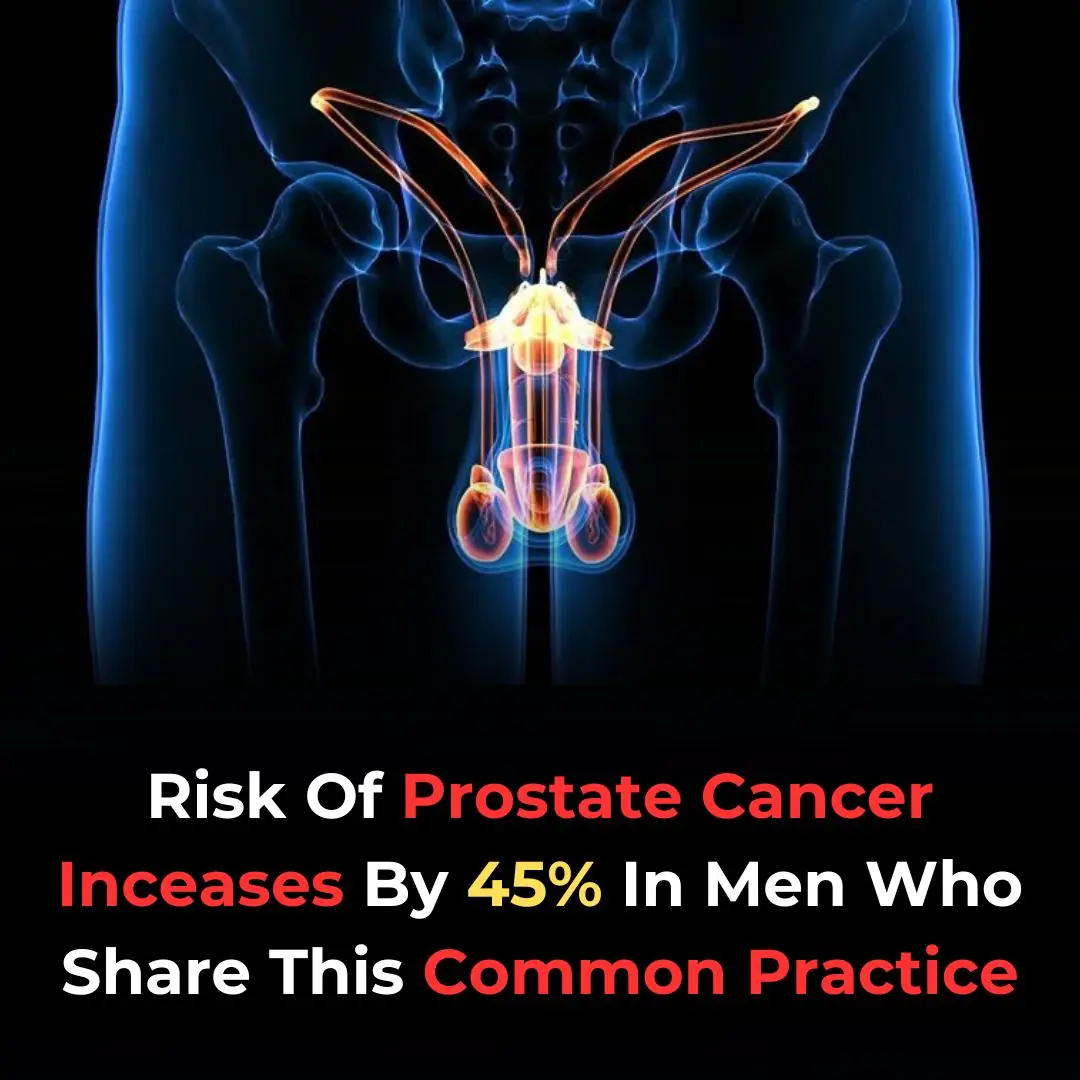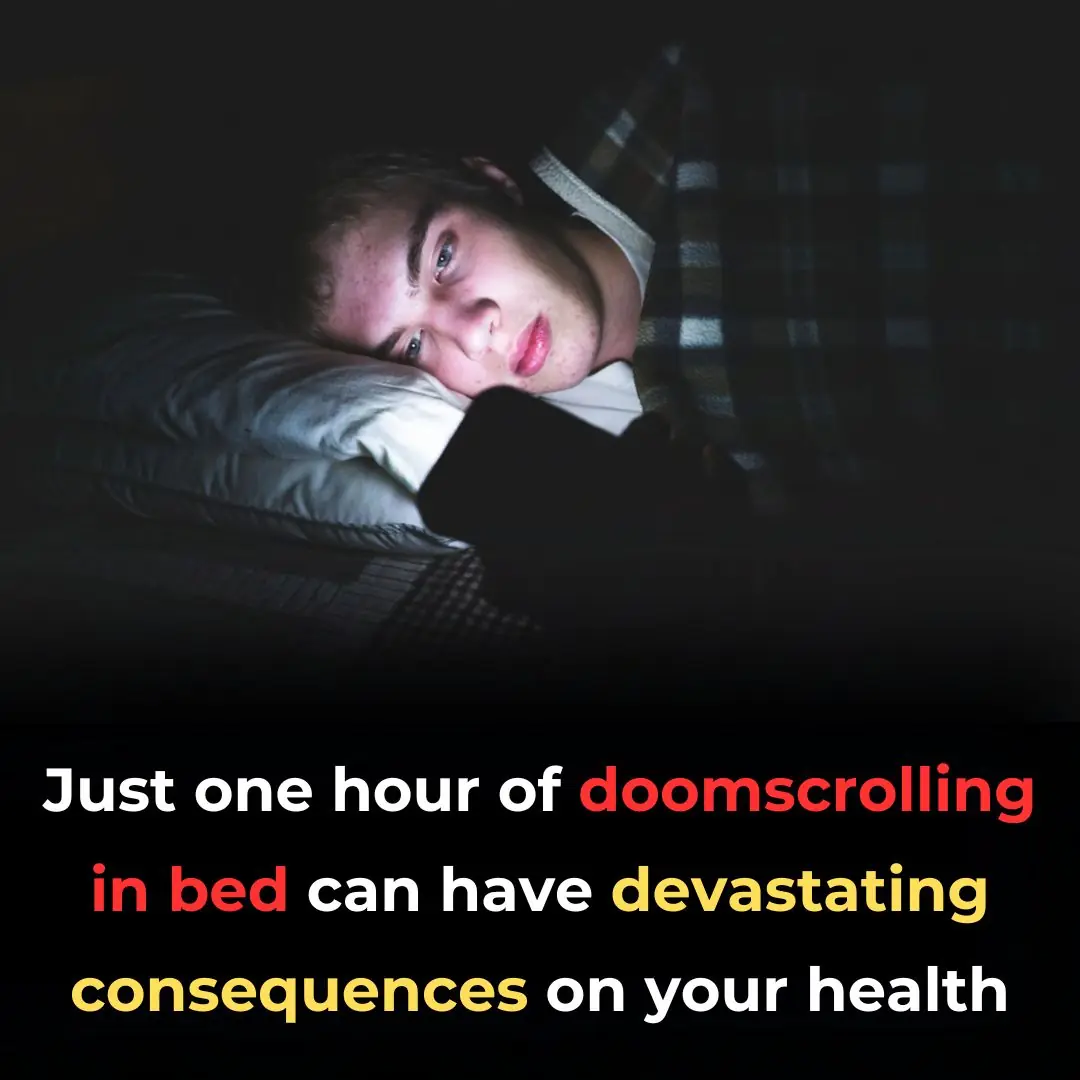
Astronaut Waves and Flips Camera to Shut Down Flat Earthers Once And For All
A Round Vs. Flat Earth
Astronaut waves to the camera.
Spacemandu, a TikTok account, regularly shows video clips of life in space. A recent clip shows an astronaut waving to the camera before flipping it around to reveal a round earth, proving, we don’t live on a flat earth. “Someone said Earth was flat,” the video was captioned.
This short but powerful video serves as a modern-day rebuttal to those who still hold the flat earth belief. The astronaut's casual gesture of flipping the camera and revealing the roundness of the Earth serves as an undeniable visual statement, which clearly disproves centuries-old myths.
Further Proof
An image of a space satellite and part of the earth.
Image Credit: spacemanedu | TikTok
This example isn’t the only proof that we don’t live on a flat earth. Rather, NASA has been tracking and archiving images of Earth from space for around 2 decades. One example came in 2015 after NASA shared a stunning photo of Earth, in which it resembles a blue and white swirled ball. The Deep Space Climate Observatory satellite captured an image of an “entire sunlit side” from “one million miles away.”
The image from DSCOVR offers a unique vantage point, not only showcasing Earth's spherical shape but also emphasizing our planet’s fragility and beauty in the vastness of space. This remarkable photo was captured at a distance far beyond what the naked eye can usually comprehend, providing a much-needed perspective on Earth’s position in the solar system.
DSCOVR Disproves Flat Earth Theory
An image of Earth from space.
Image Credit: NASA
“This first DSCOVR image of our planet demonstrates the unique and important benefits of Earth observation from space. As a former astronaut who’s been privileged to view the Earth from orbit, I want everyone to be able to see and appreciate our planet as an integrated, interacting system,” said Charlie Bolden. “DSCOVR’s observations of Earth, as well as its measurements and early warnings of space weather events caused by the sun, will help every person to monitor the ever-changing Earth, and to understand how our planet fits into its neighborhood in the solar system.”
This statement by Bolden encapsulates the scientific significance of space observation. Not only does it serve to confirm the shape of Earth, but it also allows scientists to study the Earth as a dynamic system, helping predict natural disasters, climate shifts, and even space weather impacts.
Another Visual Aid
A NASA image of the Sun and Earth. Space in the background.
Image Credit: NASA
Meanwhile, the SAGE III, “provides an ongoing record of Earth’s upper atmospheric water vapor, aerosol, and ozone – which make up the protective “sunscreen” layer for the planet.” This instrument views the earth from “a side angle, capturing a similar view of the atmosphere on its edge as someone watching the sunset from the ground.” Fortunately, from the side angle, these images provide another example of evidence against the flat earth theory.
The SAGE III tool is part of a broader effort to monitor and understand the Earth's atmosphere and environmental changes. With its side-view capabilities, it offers a striking reminder of our planet's atmosphere as a protective barrier, allowing life to thrive in an otherwise hostile universe. This instrument's data are not only crucial for space research but also for the ongoing battle against climate change.
Invaluable Data
An image of the top of the planet from space. Space and a bright star in the background.
Image Credit: @AstroTerry | X
Marilee Roell, a science manager, explained the continuation of the SAGE III observations has been invaluable in tracking important data such as weather patterns and climate changes. “It’s one of the biggest success stories of science informing policy,” she said. “And not only is this a premier science instrument, but it’s also on the International Space Station—a crewed platform. We are kind of getting the best of both science and getting to be a part of the human spaceflight program in a peripheral way.”
This merging of space exploration and climate science is a powerful reminder of the ways in which space technology directly contributes to our understanding of Earth’s changing conditions. As the SAGE III continues its work, its contributions are shaping important policy decisions around climate action.
Why People Still Believe Flat Earth Theory
An image proving we don't live on a flat earth.

Although people have known, or suspected, the earth is round, for centuries, Samuel Rowbotham proposed the “Flat Earth” Theory in the 19th century. He speculated that “zetetic astronomy” proved that Earth is a flat disc. Later, William Carpenter shared his ideas and further spread the misconception of a flat earth. Today, non-believers claim things like staged images or conspiracy theories are the logical explanation behind the belief that we live on a sphere rather than a flat earth.
Despite the overwhelming evidence, flat earth proponents continue to argue that science is part of a larger conspiracy. Some believe that all photos from space are fabricated, or that global space agencies are complicit in hiding the truth. These claims persist because of a combination of skepticism, misinformation, and sometimes outright denial.
Meanwhile, SUNY astrophysicist Paul M. Sutter shared his theory that those who believe in the flat earth theory have a “lack of trust” toward scientists and other experts.” By claiming that Earth is flat, people are really expressing a deep distrust of scientists and science itself,” he wrote in a piece for Space.Com.
This distrust in scientific authority is a significant cultural issue. In an age where misinformation can easily spread through social media, the divide between scientific consensus and personal belief systems has become even more pronounced. The flat earth movement is just one example of how misinformation thrives when individuals are unwilling to accept facts provided by experts.
Another Scientist Disproves the Flat Earth Theory
BLACKPOOL, JANUARY 14: Madame Tussauds Blackpool, UK 2018. Wax figure of Brian Edward Cox OBE, is an English physicist who serves as professor of particle physics.
Source: Shutterstock
Professor Brian Cox, a renowned science expert, has also shared an explanation disproving the flat earth theory. “There is absolutely no basis at all for thinking the world is flat. Nobody in human history, as far as I know, has thought the world was flat,” he said of the idea. “The Greeks measured the radius of the Earth. I cannot conceive of a reason why anybody would think the world is flat.”
“The very simple fact we’ve taken pictures of it. I’m lost for words, it’s probably the most nonsensical suggestion that a thinking human being could possibly make,” he added. “It is drivel.”
Cox’s words underline a powerful point: science and reason have long established the shape of our planet. From ancient Greek measurements to modern-day space missions, there is a consistent and irrefutable body of evidence supporting the round Earth theory. Anyone rejecting this is ignoring centuries of human progress and the work of countless scientists.
Amazingly, people are still divided regarding the flat earth theory. However, it’s not wholly surprising as people, particularly, with limited resources and education, have little understanding of the work, schooling, or research that is required to be a scientist or work in other “ground-breaking” professions.

This enduring divide serves as a reminder of the importance of science education and critical thinking. Without proper resources and guidance, many individuals are left to grapple with complex issues using incorrect or oversimplified frameworks. The challenge, then, is not just to present facts, but to ensure that these facts are communicated in ways that are accessible and understandable to everyone.
News in the same category


End-of-life nurse shares the most disturbing behaviors seen in those nearing death

**Say Goodbye to Skin Tags and Warts: Easy Removal with Hydrogen Peroxide**

What Does It Signify When You Dream of a Deceased Loved One?

8 Fruits That Can Harm People with Kidney Disease

The #1 Most Powerful Remedy in the World

Watermelon Seed Tea: A Natural Remedy for Health & Wellness

12 Amazing Health Benefits of the Stonebreaker Plant You Shouldn’t Miss

The Top 10 Causes of Premature Aging of Your Face and Skin

Just one hour of doomscrolling in bed can have devastating consequences on your health

Doctor Warns Against This One Thing If You Wake Up at Night

Many Confuse This Plant with a Weed, But It’s Actually Full of Surprising Health Benefits

Doctors warn about permanent damage caused by new beauty trend causing people to resemble reptiles

Styes on the eye: Discover natural remedies to relieve discomfort and speed healing.

ECgMLP: A novel gated MLP model for enhanced endometrial cancer diagnosis

Why Uncertainty Makes Us So Anxious, and How to Deal With It

New technology converts cancer cells into normal cells

Cloves mix Garlic, Honey and you will thank me

Boost Your Energy and Stamina Naturally with This Powerful Blend!
News Post

AM I WRONG TO BE ANGRY THAT MY 71-YEAR-OLD MOM SPENT MONEY ON A TRIP INSTEAD OF HELPING ME PAY MY BILLS?

Risk Of Prostate Cancer Increases By 45% In Men Who Share This Common Practice

A wounded veteran picks up trash, as people whisper behind me.

End-of-life nurse shares the most disturbing behaviors seen in those nearing death

I held her tight while she cried and wouldn’t let go.

**Say Goodbye to Skin Tags and Warts: Easy Removal with Hydrogen Peroxide**

My 8-year-old son insisted that we surprise our neighbor for her birthday, but we didn’t expect how she would react.

What Does It Signify When You Dream of a Deceased Loved One?

The Nursing Home Cat Only Loved One Man—and After He Passed, We Finally Understood Why

A police officer found a tiny kitten, but when he watched security footage, he frowned.

When Mommy asked, “Are you home?” I wanted to say “yes,” but I couldn’t.

I Lost Weight Without a Diet! 🥗 –10 kg in 1 Month! Eat Day and Night and Still Lose Weight!(Carrot, Cabbage & Red Onion Magic Recipe!)

A Rich Man Turned Away a 10-Year-Old Boy Begging for Help – 13 Years Later, Their Paths Cross Again in an Unexpected Twist
Soaked by rain and trembling with hunger, a young boy once asked a wealthy stranger for help, and was coldly turned away. Thirteen years later, their paths cross again, but this time the boy holds the power to change a life.

My 16-Year-Old Son Went to Stay with His Grandmother for the Summer – One Day, I Got a Call from Her
When my 16-year-old son offered to spend the summer taking care of his disabled grandmother, I thought he’d finally turned a corner. But one night, a terrifying call from my mother shattered that hope.

8 Fruits That Can Harm People with Kidney Disease

The #1 Most Powerful Remedy in the World

Watermelon Seed Tea: A Natural Remedy for Health & Wellness

78-Year-Old Woman Returns from Nursing Home to Her House – Only to Find a Mansion with Changed Locks in Its Place
Margaret left her home behind years ago, believing it would always be there waiting for her. But when the 78-year-old finally returned, her small house had vanished, replaced by a grand mansion with locked doors and a shocking secret inside.

I Paid for My Husband's Medical Studies—but After Graduation He Told Me I Wasn't 'Good Enough' for Him Anymore
I worked double shifts, skipped vacations, and drained my savings so my husband could chase his dream of becoming a doctor. The day he graduated, I stood there, proud. But before I could celebrate, he turned to me and said six words that shattered everyth
